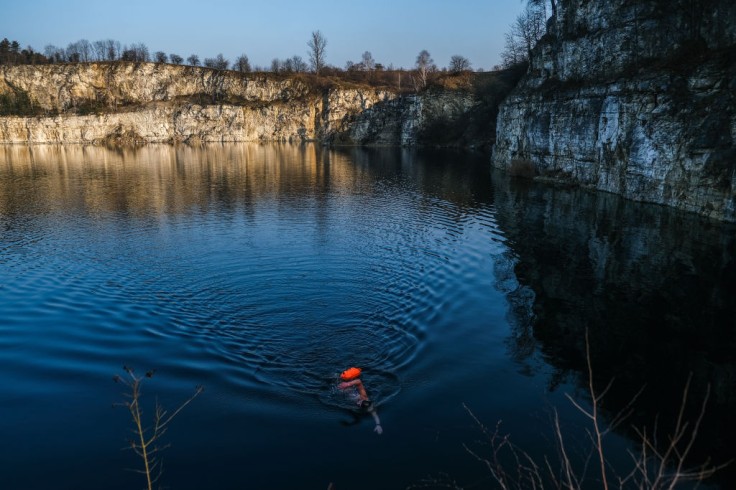
In a tragic turn of events, a Georgia resident has succumbed to an infection caused by the rare brain-eating amoeba Naegleria fowleri, as reported by the state's Department of Public Health on Friday. The individual is believed to have contracted the deadly amoeba while swimming in a freshwater lake or pond. Specific details regarding the patient, such as their identity, age, sex, race or ethnicity, or town of residence, were not disclosed in the official statement.
Deadly Amoeba Strikes Again: 2-Year-Old in Nevada Also Falls Victim
The incident comes just a week after another devastating case in Nevada, where a 2-year-old also lost their life to the same amoeba, according to both official sources and a heartfelt Facebook post shared by the boy's mother, per Insider.
According to the Centers for Disease Control and Prevention (CDC), Naegleria fowleri is a microscopic amoeba that lives in soil and warm freshwater environments such as lakes, ponds, reservoirs, rivers, and hot springs.
The amoeba infects its victims when contaminated water enters the nasal passages, allowing it to make its way to the brain. Notably, it rarely poses a threat at swimming pools, splash pads, or surf parks due to the presence of chlorine. Additionally, treated drinking water is not known to harbor the amoeba, and is not transmissible between individuals.
The infection caused by Naegleria fowleri leads to primary amebic meningoencephalitis (PAM), a severe disease affecting the central nervous system that is almost always fatal, as cautioned by the CDC. Symptoms usually appear within one to 12 days of exposure to contaminated water. The initial stage includes headaches, nausea, vomiting, and fever, while the later stages involve a stiff neck, seizures, hallucinations, an altered mental state, and eventually a coma.
Regrettably, patients infected with the amoeba typically succumb to the disease within one to 18 days of exposure due to the difficulty in confirming a diagnosis promptly.
CDC's Warning: How to Protect Yourself from Brain-Eating Amoeba in Water
According to data from the CDC, spanning the years 1962 to 2022, a total of 157 PAM cases have been reported in the United States. Most of these cases occur during the summer months, with a bleak survival rate. Only four individuals out of the 157 have managed to survive the infection, according to ABC News.
The GDPH disclosed that, prior to this recent case, there had been only five other instances of Naegleria fowleri infection in Georgia since 1962.
In the event that PAM is detected early, treatment involves a combination of drugs, including antifungal medications like amphotericin B and fluconazole, as well as antibiotics like azithromycin and rifampin, according to guidelines provided by the CDC.
While the risk of contracting Naegleria fowleri remains low, the health department has issued a warning to all recreational water users, advising them to be vigilant when entering warm freshwater areas. Taking precautions, such as limiting the amount of water that goes up the nose while swimming, can help reduce the risk of infection. Additionally, the CDC recommends refraining from submerging the head in hot springs and similar bodies of water and avoiding stirring up sediment in warm freshwater environments.
As communities mourn the loss of their fellow residents, health authorities are reminding the public to remain cautious when engaging in water-related activities to ensure the safety and well-being of everyone.
Related Article : 6-Year-Old Boy Dies Due to Brain-Eating Amoeba